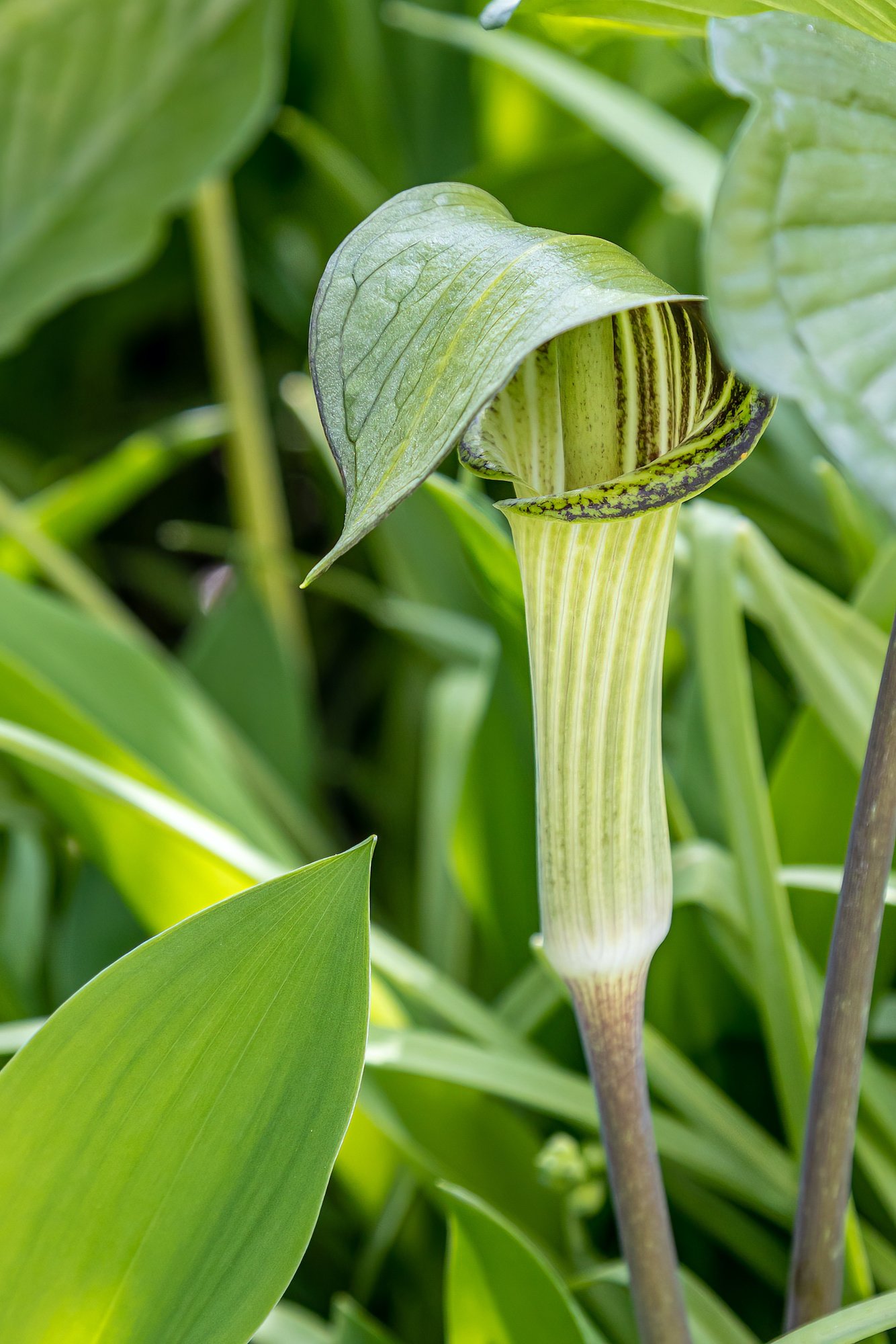Restoration
We investigate natural and horticultural plant communities to identify species that are resilient to jumping worm invasions and might become the backbone of restoration efforts. Our goal is to provide tools for the restoration of soil health and the functions of healthy ecosystems degraded by the invasion.
We also explore what restoration means in the context of different sociocultural and historical lenses. For this work, we’re experimenting with using storytelling as a medium to inspire larger conversations about how and what we should restore our damaged soils.
Representative projects:
Resilient Native Vegetation Identification
Not all native plants suffer and fail in jumping worm invasions. In fact, some can survive and even thrive in these new soil conditions. We are identifying these plants, with the intention of creating a pathway for land managers and other stakeholders to maintain native vegetation even during high density jumping worm invasions until better controls are identified. By keeping native cover and root systems, we have a better chance of supporting wildlife and important ecosystem services, such as erosion control and water filtration.
Ecosystem Services Preservation (Erosion)
A study from our Minnesota members is quantifying the rate and mechanisms of erosion on worm-invaded hillsides, and identifying what species of herbaceous native plants could be capable of holding casting-dense soils and preventing erosion. The work will also engage with community volunteers, including woodland owners, to report jumping worms, and then contribute rigorous soil science plot studies in affected forests.
The Nexus of Soils and Humans
Photo credit Maryam Nouri-Aiin
To many of us, familiar soils include European earthworms and the changes they have created over the last 300 years. However, to the Ojibwe people who lived in the Great Lakes area before European settlers, soils had no earthworms at all. At the Healthy Soil Collaborative, we are also seeking to understand the co-evolution of soils, landscapes, and humans. This exploration is led by UMN scientist Kyungsoo Yoo, who also seeks to collect the stories of witnessing those changes and sharing them through teaching and collaborative filmmaking.

